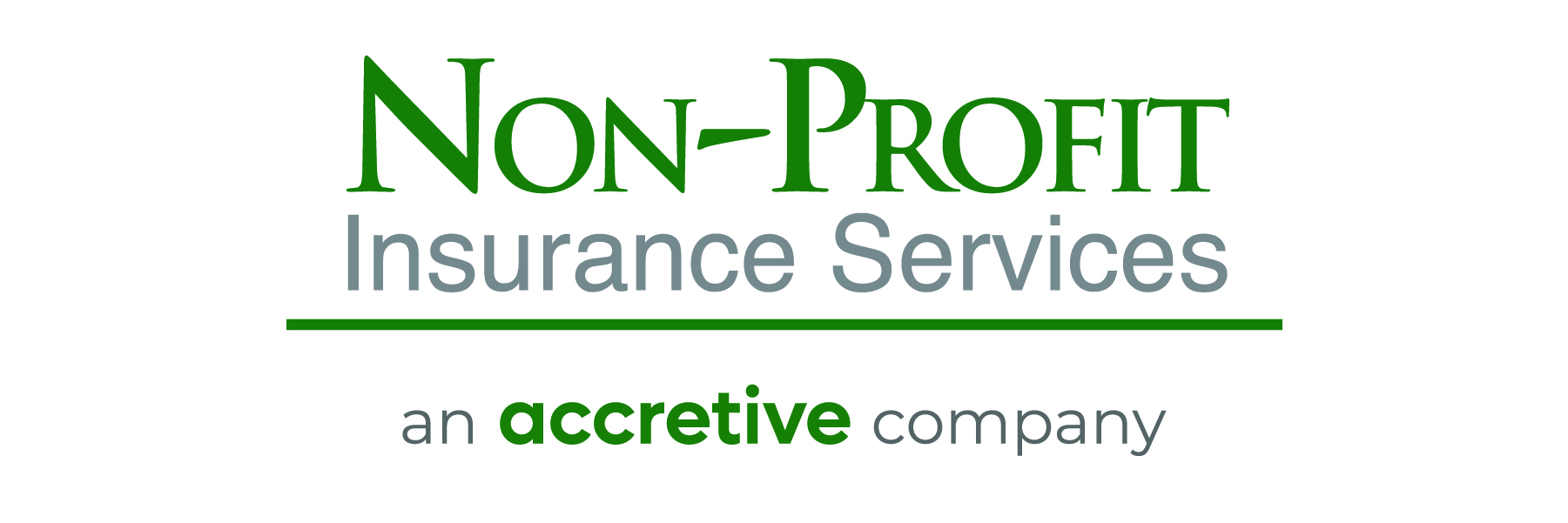With so many nonprofit technology tools at our fingertips, fundraising is no longer limited to formal galas and in-person events. More people are opting to give online each year, with 7.9 percent growth in online fundraising in 2016 to account for $27.8 billion in donations, according to Nonprofit Source.
Online fundraising offers the flexibility to reach potential donors in many more places and allows donors to contribute and sign up to volunteer at their own convenience.
Start with these nonprofit technology hacks to take your fundraising to the next level:
- Create call-to-actions. Whether it’s an e-newsletter or blog post, include a call to action button or link in each piece of communication with donors. Make it easy to donate, pledge or sign up to volunteer in a few clicks.
- Use social media targeting. Building a devoted social media following is great, but successfully motivating people to act is even more important. Social media platforms give your nonprofit the ability to target the people most likely to give to your cause through sponsored posts. Develop key messages to share consistently across all your online platforms, and emphasize the critical role of supporters.
- Optimize mobile. Update your website’s responsive design to give visitors a great experience when they scroll on the go. Make sure “donate” buttons are easy to spot on the mobile version and take visitors to a simple donation page.
- Establish tech IQ. If your nonprofit board doesn’t already include tech-savvy members, reach out to donors or supporters who may be willing to lend their expertise on web development and digital marketing. This can be a powerful supplement to board members who specialize in donor relations or fundraising.
- Spotlight success. Video is a powerful medium to show donors how their dollars are making an impact. Highlight the people who have been helped by your nonprofit’s services—these are the voices that will move people to donate. Depending on your budget, you can hire a video production company to create professional videos or you can go with a lower-budget alternative of asking people to share their stories directly to the camera. Share any videos on all your social media channels and in email communication with supporters.
- Hone in on email marketing. Engage supporters throughout the year with emails featuring fundraising updates, newsletters, events, photos and progress reports. Highlight how donations help accomplish your nonprofit’s mission, and focus on keeping people informed without overwhelming their inboxes. Email messaging contributes 26 percent to online fundraising revenue, according to Nonprofit Source.
- Sign up and donate. Volunteers are some of your supporters who are most likely to contribute financially to your nonprofit. Capitalize on this by adding a donation payment slot to your volunteer schedule with online sign-ups. Nonprofits can also easily sell tickets for galas and other fundraisers with online sign-ups. Supporters can save time by signing up to volunteer and paying at the same time.
- Add marketing automation. Did a donor just set up a recurring donation on your site? Set up marketing automation emails to show gratitude for contributions, and stay top of mind with supporters. Automated email responses can send a thank you for an online gift or a reminder to give if it’s been awhile since their last donation. You’ll first need to determine what your “trigger” events are.
- Create visual content. Working on a budget? Free online tools can help nonprofits present images that resonate with your audience. For instance, the website Canva provides graphics for social media and marketing materials and offers its premium version free to registered nonprofits. Other free photo-editing software, such as GIMP, provide tools to enhance and improve images, making them more impactful when shared with the public.
- Shop for a cause. Certain sites will contribute a percentage of sales to a designated nonprofit. A popular option is the Amazon Smile program, but check with other retailers like local grocery chains. Send reminders in email newsletters and social media so people will remember to link their accounts.
There will always be a time and place for in-person networking and establishing donor relationships. Online fundraising is an important tool to keep the conversation going in between those events. With these tips, nonprofits can create a movement that engages people beyond their local communities, using technology to communicate better and tell a more powerful brand story.
Source: NonprofitPro
Author: Angel Rutledge









